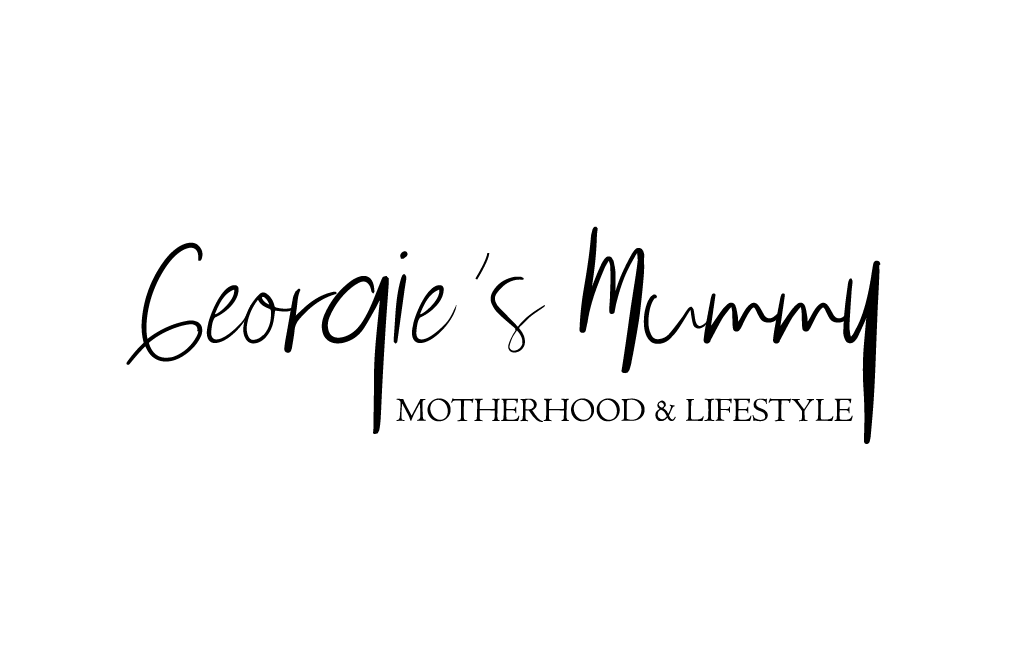Trauma can create some deep residue in us that is pervasive and touches on all parts of our lives. Oftentimes healing from trauma — be it physical, emotional, or psychological- is a labyrinth of sorts. The good news is that with the help of a great support system, and the right strategies you can not only make it through this but come out stronger on top. Healing your trauma, and reclaiming your life starts with internal chaos-awareness and then weaving all parts of you back together to regain wholeness. In this guide, we will introduce you to the fundamentals of how to recover and thrive after experiencing trauma, so that you get stronger rather than lose your trust in humanity forever.
1) Understanding Your Trauma:
First, you need to learn what trauma is when it comes to healing. Trauma may result from any number of experiences, including accidents and physical injury economic abuse significant life changes, or acts of violence both recent events involving an extreme response. When a person has been involved in and is recovering from something like a car accident, injuries such as amputations may be physical & emotional traumatic experiences.
Each person may experience trauma with different types, and I had previously mentioned that these are both unique in the second part of this post. This will help you identify how to best treat your wounds by understanding which categories they fall into.
2) Seeking Professional Support:
Sometimes healing from trauma simply does not happen without professional help. Therapists and mental health counselors are trained to assist individuals in processing trauma, as well as learning methods of coping with it. Cases where trauma is connected to an event such as a traumatic birth may also require legal assistance.
For instance, they may help families communicate with each other and receive the resources that are needed to move through their pain such as a birth injury lawyer. By providing both legal and therapeutic assistance, you are helping individuals access support on how to navigate the emotional impacts of trauma as well as address what needs to be done from a practical perspective.
3) Building a Support Network:
Trauma is not something that can be overcome alone. Having trusted friends, family, and support groups – these are the people who can give you a bear hug on those days that seem unbearable.
Talking to those who have experienced similar life events can bring a great deal of solace. Whether it is someone you know who can just be there to listen, help with daily tasks, or provide emotional support — communicate those needs.
4) Growth and Resilience:
Trauma will always have an impact on us, it is not about returning to who you were like before the event took place, but more about growing and becoming a stronger version of yourself from what happened.
Accepting the healing process is a way of acknowledging your strengths and turning these things into something positive. Leverage your experience and how it has made you a stronger version of yourself. Even if that road to recovery is a long one, each step brings you closer and allows light again.
In conclusion, as you continue to frame your trauma through a logical lens, seek professional and legal help, surround yourself with support, and develop healthy coping mechanisms that are not self-destructing (stop trying to escape or numb the pain — all those do is dilute it making sure its effects reverberate longer), and allow space for growth. Every step you make leads you to take your life back from the resulting trauma.
————————————
This is a contributed post.




